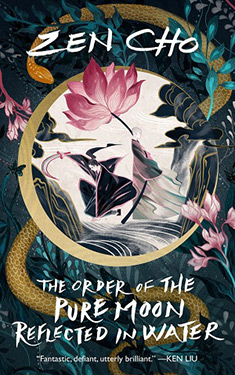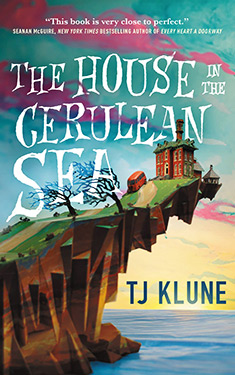Aileen Orr
Completed 2/26/2022, Reviewed 2/27/2022
4 stars
My first non-fiction in a long while. This is the true story of a bear who became a mascot for the Polish Army in Iran during World War II, carried ammunition while fighting in Italy, and became a symbol of freedom for the Polish servicemen transported to Scotland. It’s a heartwarming book about a ray of hope during brutal times. It’s written by a woman who actually saw Wojtek when he was in the Edinburgh Zoo. She was the granddaughter of a Scot who regularly visited Wojtek when he was still living with the Polish Army that was relocated to Scotland. It’s a terrific book, full of true anecdotes and perhaps some myth that grew up around Wojtek. I really enjoyed it. It was a nice break from all the fantasy I’ve been reading these past several months.
The tale begins with a part of the Polish Army that escaped to Iran. An Iranian boy was carrying a big sack. Using hand gestures, the soldiers asked what was in the sack. The boy put it down and out popped a bear cub’s nose. The soldiers bought it off the boy and raised it as their mascot. As often happens with animals raised from infancy around humans, it began to think it was human. Unlike most bears in captivity, it almost never became aggressive. They named it Wojtek (pronounced Voytek), short for Wojciech (pronounced Voychek with an aspirated k). Raised among the Poles, it came to recognize and love the Polish language. When the Army was eventually sent to Italy to fight, Wojtek came along. The story goes that one day, the soldiers were carrying ammunition. It was arduous work. Wojtek watched the men do it. Always wanting to be part of the men’s activities, it taught itself to carry ammunition as well. This is depicted in the original cover of the book.
After the campaign in Italy and at the end of the war, the soldiers were sent to Scotland. They could not go back to Poland lest they be considered spies against the new Bolshevik regime and executed or sent to a labor camp in Siberia. Wojtek came with them. They spent a few years there, but soon something had to be done with all the displaced Poles, as well as with Wojtek. The Edinburgh Zoo offered to take him. The rest of the book covers Aileen’s efforts built a memorial statue to Wojtek and the Polish soldiers who raised him, primarily as a symbol of the Scottish-Polish relationship.
The book is wonderful, full of little stories about the bear and the men who were responsible for him. Unfortunately, there is an epilogue that seemed completely unnecessary. It was written by someone else who felt that the book needed context with the Second World War. It recounts in about fifty pages, the circumstances of Poland leading up to WWII, during the war, and the betrayal by the Allies at the end, leaving it for Soviet fodder. It explains in detail how this part of the Polish Army got into Iran, fought in Italy, and ended up in Scotland. It’s very informative, and yes, it sets the background for Orr’s story, but it’s written as a hard, quick history. It’s very depressing, as one would expect, and shares none of the inspiration and hope that’s the point of the book about Wojtek.
I give this book four stars out of five despite the epilogue. It is a great tale that has only become known outside of the UK with the publication of the book and Orr’s efforts to have a statue made. I thoroughly enjoyed the book and almost got a little teary eyed myself towards the end. The prose is really good, very readable. I got this and a t-shirt of the original book cover design for Christmas this year. Now when I wear the t-shirt, I can give a better explanation of the bear that inspired an army and the people with whom they would eventually settle.








